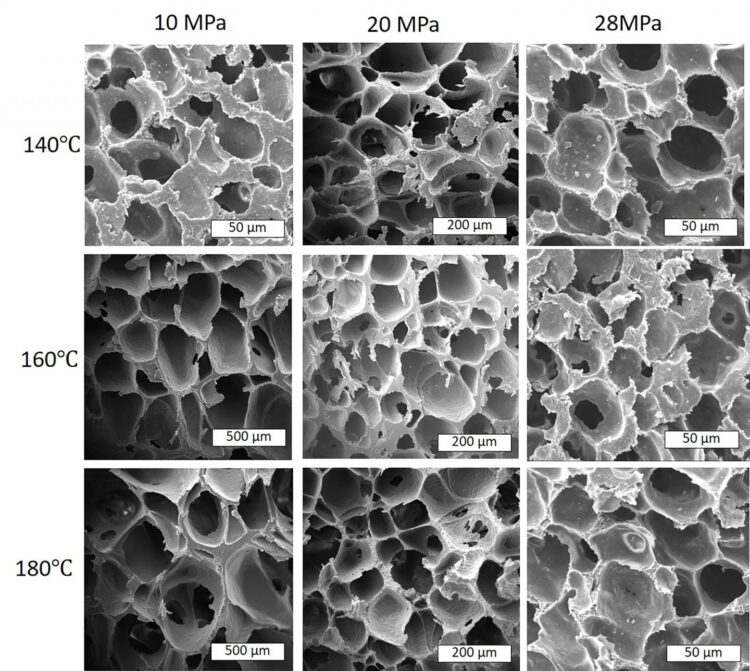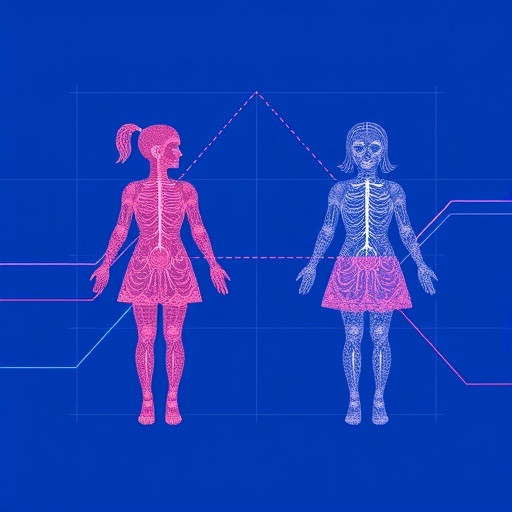Researchers develop a method to reuse previously nonrecyclable plastic
WASHINGTON, June 29, 2021 — Biodegradable plastics are supposed to be good for the environment. But because they are specifically made to degrade quickly, they cannot be recycled.
In Physics of Fluids, by AIP Publishing, researchers from the University of Canterbury in New Zealand have developed a method to turn biodegradable plastic knives, spoons, and forks into a foam that can be used as insulation in walls or in flotation devices.
The investigators placed the cutlery, which was previously thought to be “nonfoamable” plastic, into a chamber filled with carbon dioxide. As pressure increased, the gas dissolved into the plastic.
When they suddenly released the pressure in the chamber, the carbon dioxide expanded within the plastic, creating foaming. Author Heon Park said the process is like opening a can of soda and releasing the carbonation.
“Tweaking temperature and pressure, there is a window where we can make good foams,” said Park. “It’s not that every temperature or every pressure works. We found what temperature or what pressure is the best to make those nonfoamable plastics into foams.”
Each time plastic is recycled, it loses a bit of its strength. Foams are an ideal new material, because they are not required to be strong in many applications.
“Whenever we recycle, each time, we degrade the plastics,” said Park. “Let’s say we have a biodegradable spoon. We use it once, and we recycle it back into another spoon. It may break in your mouth.”
The ideal structure of a foam depends on its final use. Bulky foams, which have large or plentiful air pockets, are good for buoys. The researchers found, contrary to what was previously thought, lower chamber pressures led to bulky foams.
Biodegradable and recyclable plastics can be used more than once but are also less of an environmental threat if they end up in oceans or landfills. The team believes this process could be implemented on a large scale.
“We can expand foaming applications to a lot of plastics, not just this plastic,” said Park.
###
The article “Recycling and rheology of poly(lactic acid) (PLA) to make foams using supercritical fluid” is authored by Heon E. Park, Lilian Lin, and Young Lee. The article will appear in Physics of Fluids on June 29, 2021 (DOI: 10.1063/5.0050649). After that date, it can be accessed at https:/
ABOUT THE JOURNAL
Physics of Fluids is devoted to the publication of original theoretical, computational, and experimental contributions to the dynamics of gases, liquids, and complex fluids. See https:/
Media Contact
Larry Frum
[email protected]
Related Journal Article
http://dx.





